
Ask any marketing professional in Singapore and they will tell you that search engines, especially Google (with over 90% market share), play an important role in their customers’ path to purchase. The use of search engine in what Google deems as the ‘zero moments of truth’ has become so widespread that all it takes to find an answer to any question is to simply “Google it”.
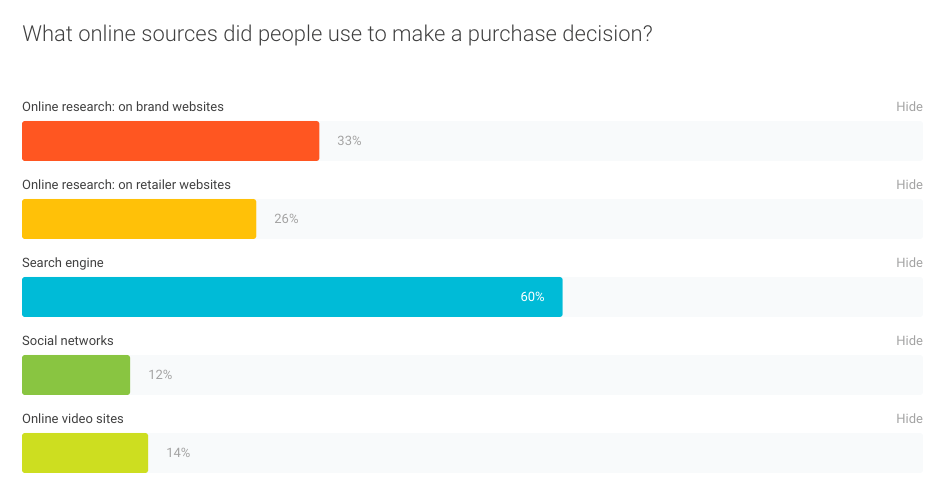
This behaviour is, in fact, more pronounced when people are about to buy something. According to Consumer Barometer, 60% of Singaporeans rely on information found online to learn more about new products and offers. That’s great news for digital marketers. And considering that many brands are still playing catch-up when it comes to amplifying their presence on search engines, more savvy marketers will have an edge over their competitors.
In this article, I’ll be showing you different types of keyword bidding techniques (both common and uncommon) that competitors could be using to undermine your brand on Google.
Table of Contents
The Obvious Elephants (Head Terms)

“Head terms” are product-category related keywords that often have high search volume, but are usually highly competitive (and hence costly). However, these keywords present enormous opportunities if they are not properly utilised by your competitors.
We recommend our clients to track & measure the performance of head terms campaigns and deactivate them if it fails to provide positive ROI. Some example of head terms from the perspective of a home furniture retailer could be:
- Sofa sale – 170 Searches/mth
- Coffee table for sale – 90 Searches/mth
- Mattress sale – 1000 Searches/mth
The Hidden Treasures (Indirect Keywords)
Indirect keywords, as the name implies, do not relate directly back to the product/services being offered. An in-depth understanding of the industry, as well as extra time and research, are required to sniff out these keywords. But all this can be worth the effort as indirect keywords are those most likely to be neglected by your competitors.
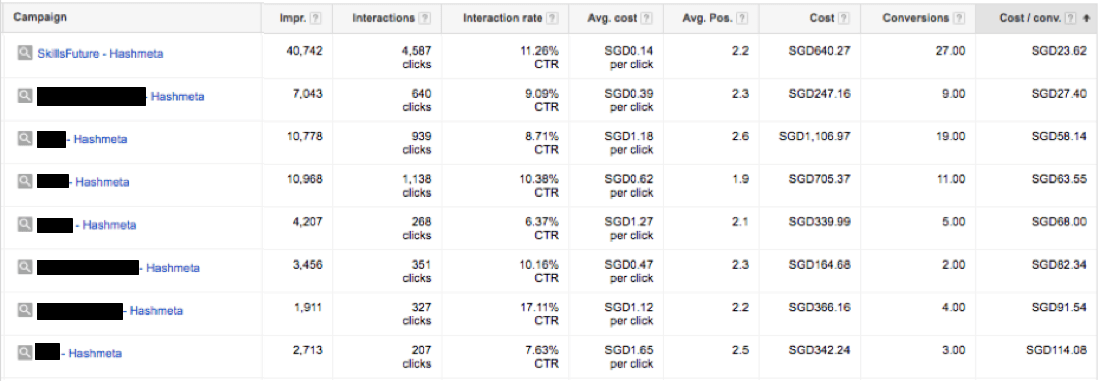
Using this method, one of our clients who is a leading provider of adult learning courses, managed to get a cost-per-conversion of $23. This was much lower than the $50 per conversion rate that we were aiming for, as we focused on keywords related “skills future credit.” It was a timely tactic since Skillsfuture Credit, a funding scheme by the government to encourage Singaporeans to upgrade their skills at a subsidised rate had been widely publicised in the months preceding our campaign. People who searched for these keywords were thus more likely to be interested in the courses that our client is offering as well.
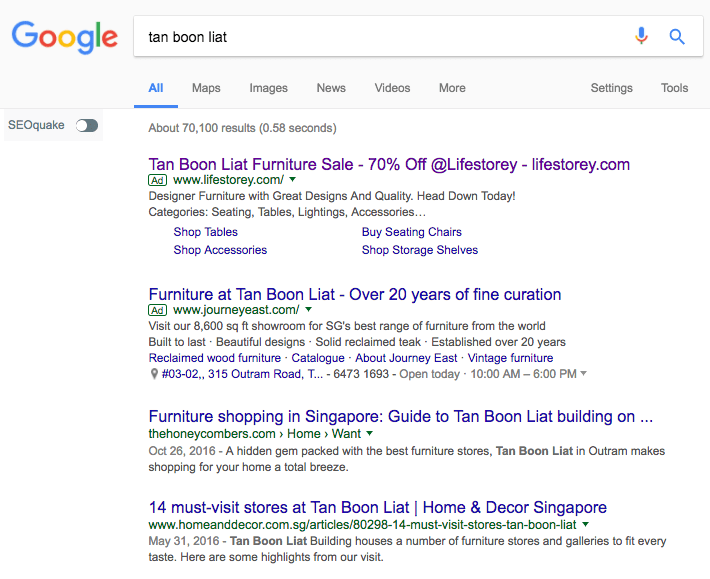
In another example, a seemingly unfamiliar keyword “tan boon liat” turned out to be a very good keyword to target for our client who sells furniture, due to the low competition. Tan Boon Liat Building is apparently a well-known furniture hub in Singapore, so most people who search for “tan boon liat” are most likely shopping for home furniture.
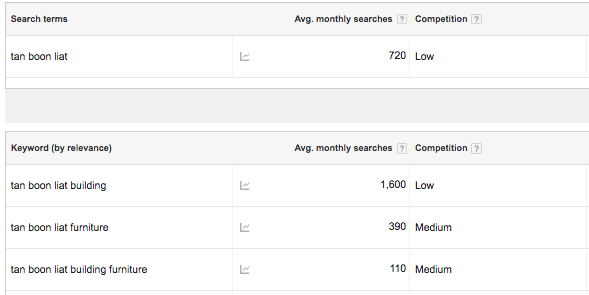
This search term is so popular that “tan boon liat” and its related keywords amount to over 2,800 searches/month on Google search engine in Singapore.
The Hijackers (Competitors’ Keywords)
The primary purpose of competitive bidding is to push your ads in front of your competitors’ audience. Your ads will appear above the organic ranking of your competitors in the Search Engine Result Page (SERP), essentially “hijacking” your competitors’ SERP real estate.
For the record, while bidding on competitors’ branded keywords isn’t encouraged by Google, you can still do so. Using trademarks in the ad copy, however, is against the rules and Google will stop your ad from running.

Take a look at how ezbuy hijacked SgShop’s SERP position here. And since SgShop did not run defensive ads on its own keywords, ezbuy is ‘stealing’ SgShop’s potential traffic unchallenged. It’s a worthwhile tactic for ezbuy considering there are over 18,000 monthly searches in Singapore on “sgshop” alone. To deter your competitors from hijacking your branded terms, be sure to always bid on your own keywords, which will dramatically raise the keywords’ cost-per-click for your hijackers.
The Niches (Long-Tail Keywords)
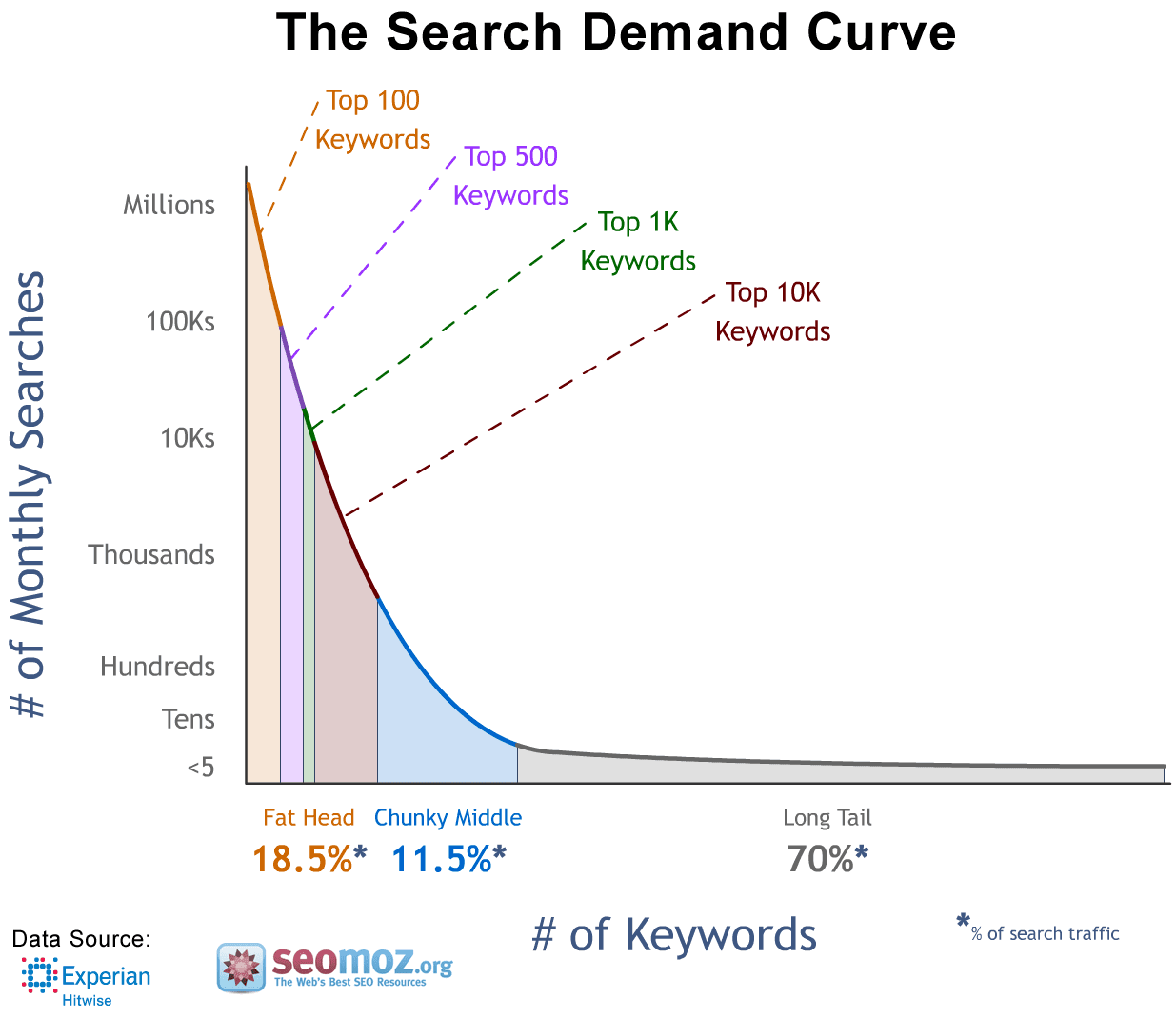
Long-tail keywords are defined as keywords that consist of four or more words and usually garner very little search volume. In theory, it would be great for a shoe retailer to rank #1 for the keyword “running shoes” (720 searches/mth). But long tail keywords like “nike air max 90” (390 searches/mth) often convert better, because they are used by people who are most probably close to converting/buying that particular product.
Another example of effective long-tail keywords is to add location to the main search term. Taking into account the typical search behaviour of parents when searching for preschools, a popular preschool operator in Singapore spent very little money per conversion by targeting keywords like “Preschool Punggol”, “Preschool Sengkang”, and “Preschool Compassvale” etc. We also shortlisted the locations to Punggol and its vicinity since many young parents live there.
So rather than spending all your resources competing for head terms, a smarter move is to focus on long-tail keywords for better ROI. From our own experience working with clients, long-tail keyword campaigns almost always outperform all other campaigns in terms of cost-per-conversion.
With these techniques in hand, it’s time to get cracking on your Google AdWords campaign. But always remember not to look at the digital platforms (i.e. AdWords, Social Media, Marketing Automation, etc) in silo. The beauty, and power, of digital marketing, lies precisely in its integration.
And as usual, never stop optimising.

